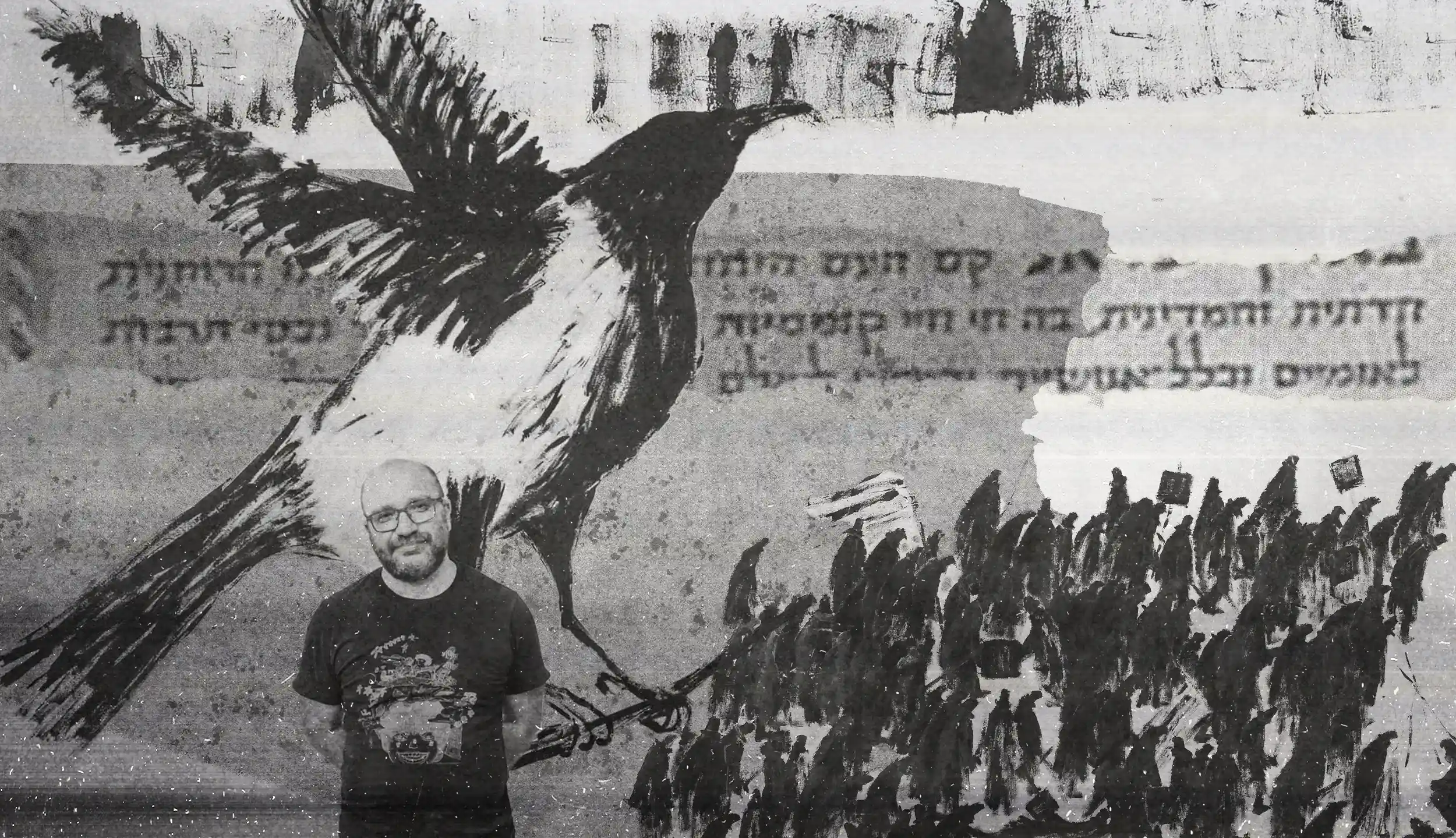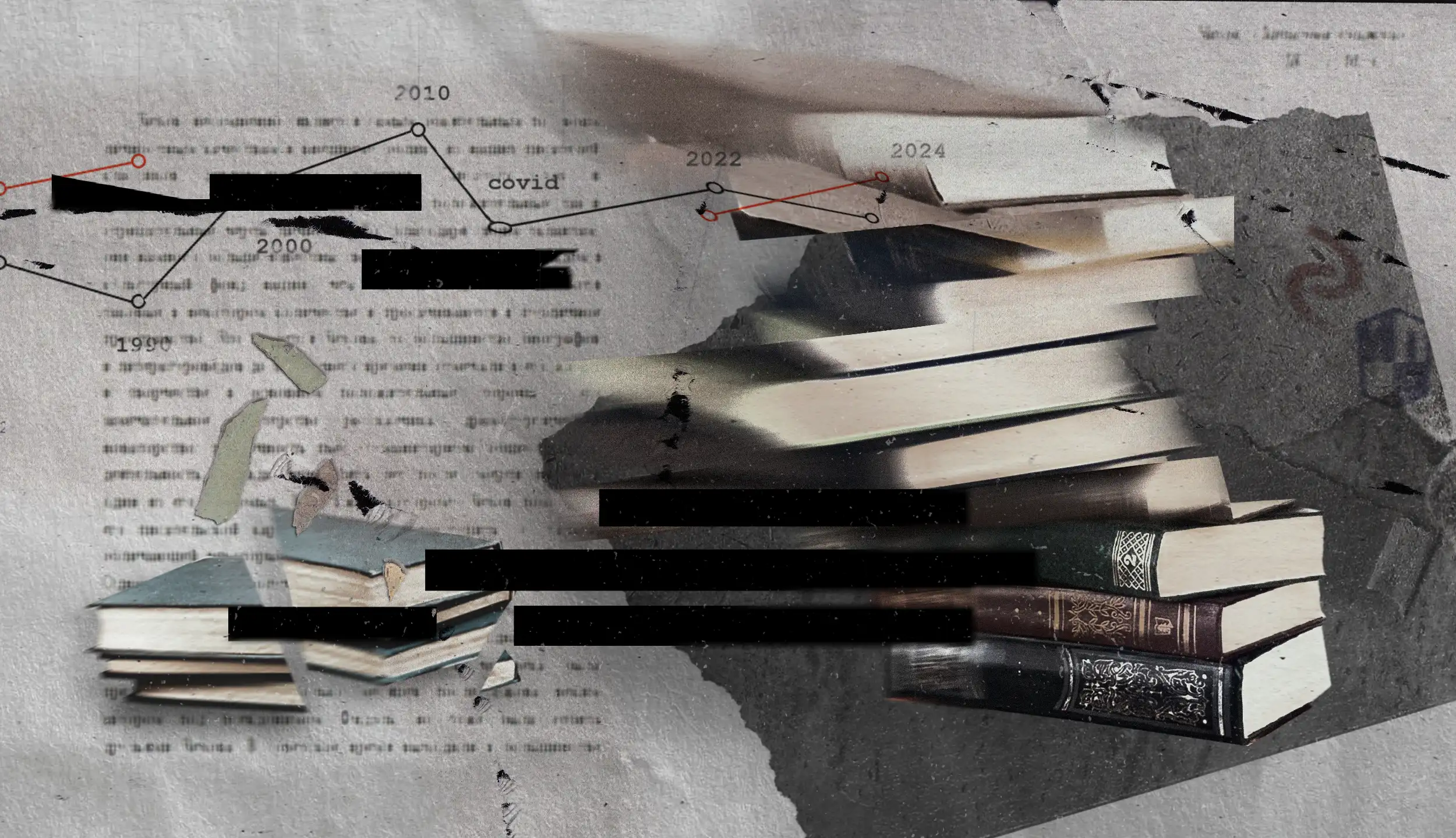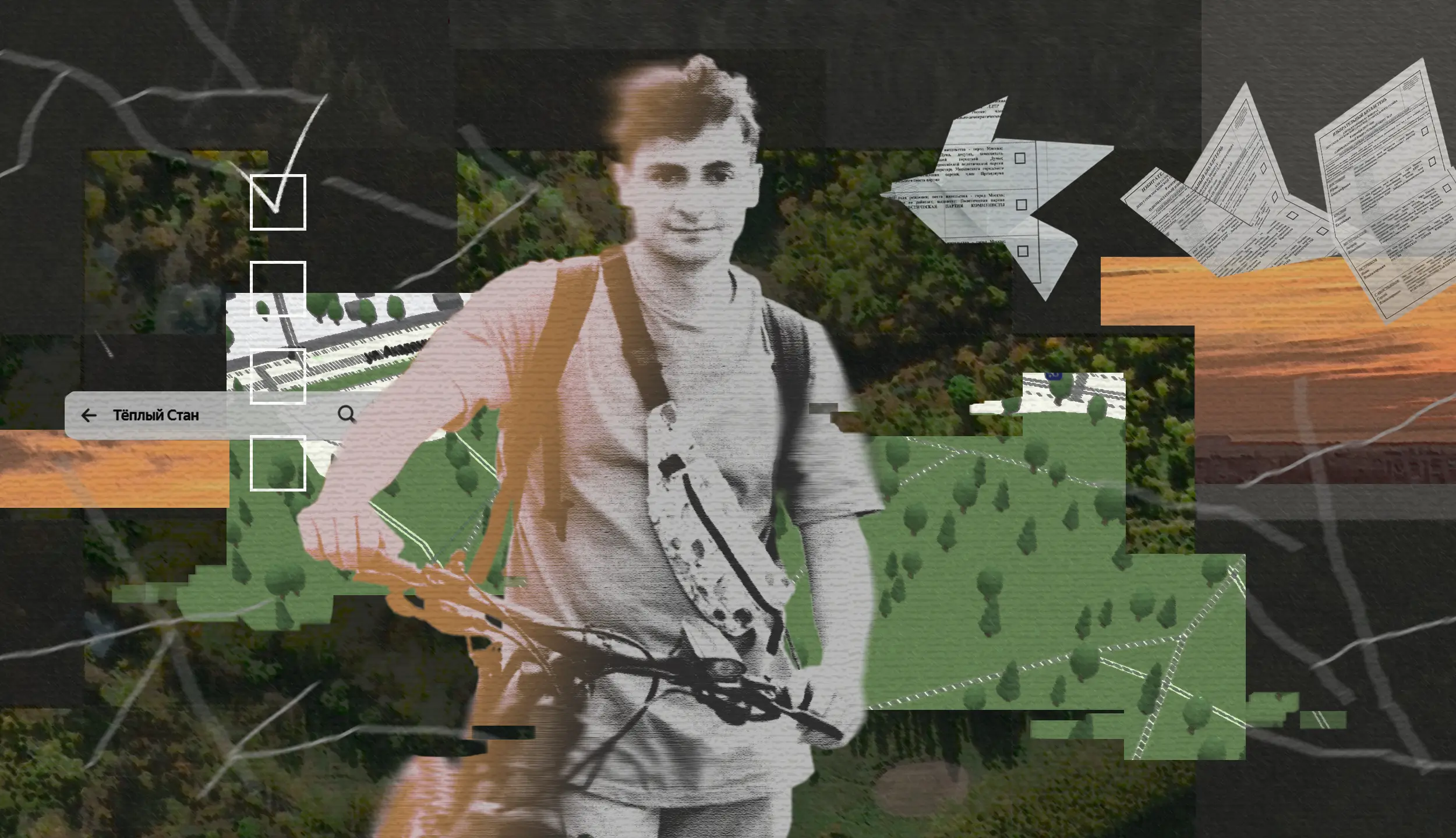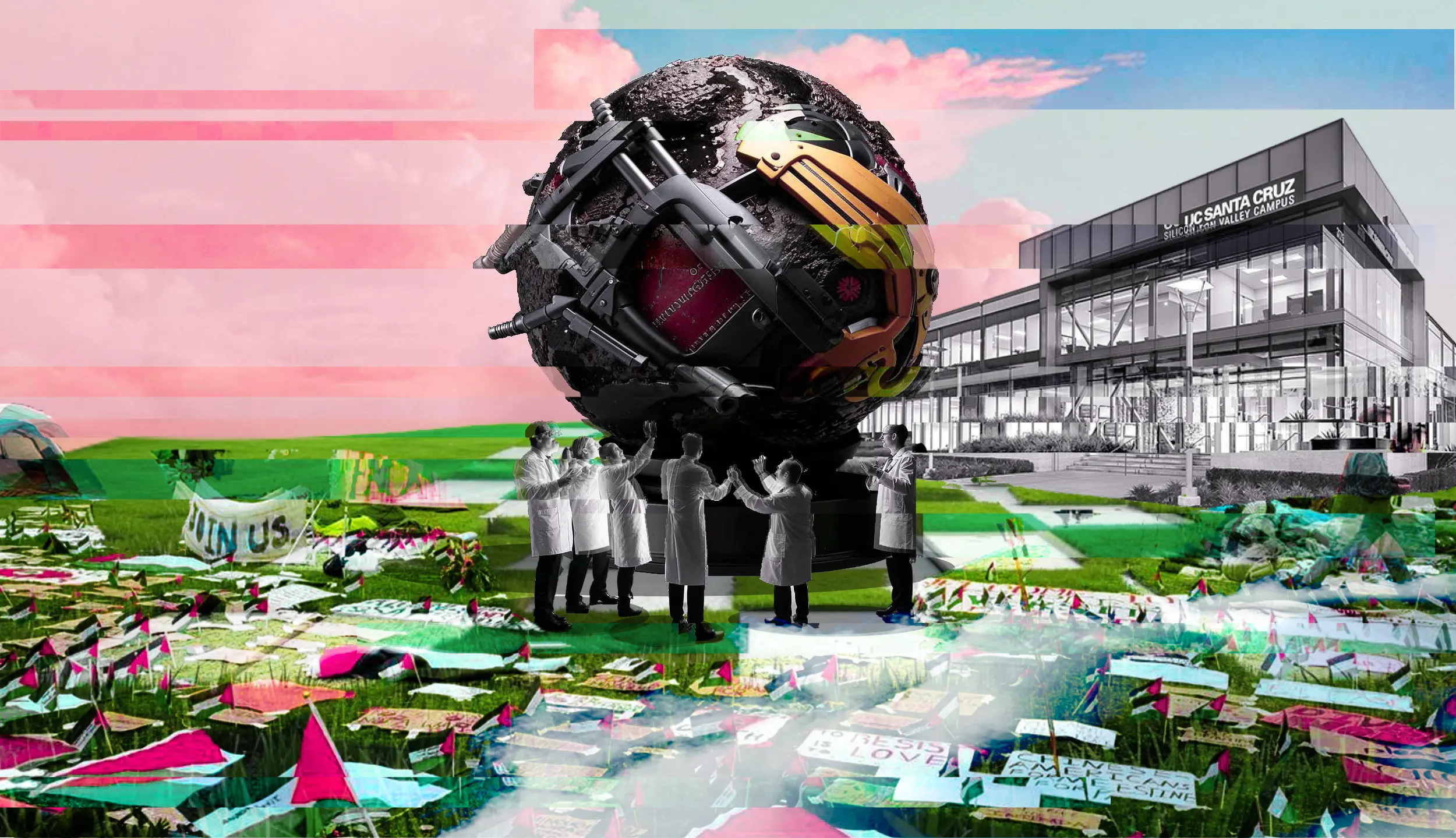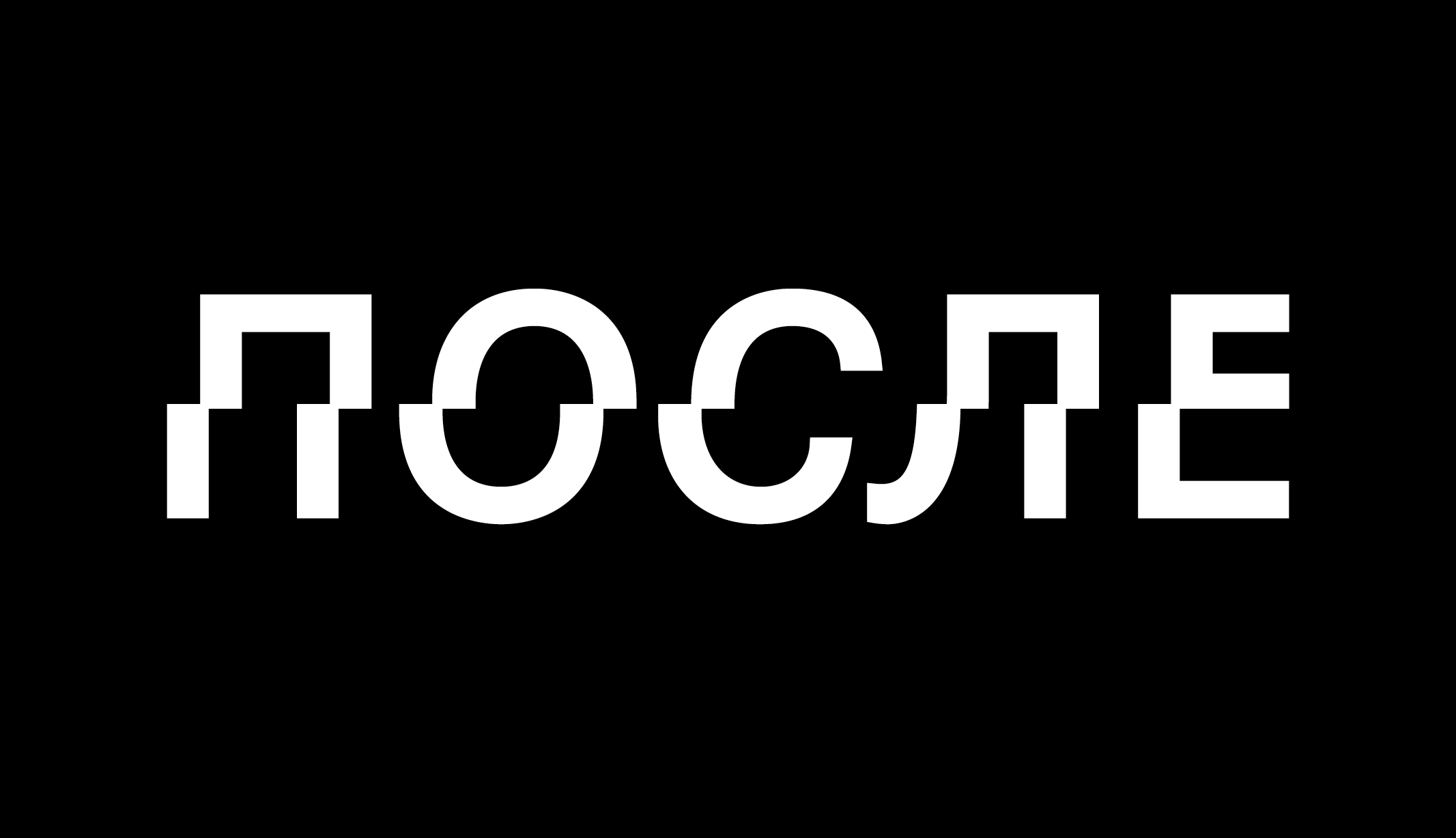The disenfranchisement of social outcasts, be they migrants, the insane, the homeless, or animals, is central to the work of the famous Russian-Israeli artist Haim Sokol. Sokol lived and worked in Russia for a long time. When the full-scale invasion of Ukraine began, he left Russia for Israel, where he once lived as a student. Strangely, life in Israel turned out to be similar to one in Russia, which simultaneously denies its imperial ambitions and wages an aggressive war. As Sokol shows in his essay, the demand to give up one’s identity in exchange for citizenship and basic rights contradicts the notion of leaving the colonial past behind.
Recently, a “fresh” immigrant from St. Petersburg, who came to Israel after the Russian invasion of Ukraine began, joined one of the Russian-speaking Facebook groups and inquired where she can grab a cup of pumpkin spice latte in Israel. This seemingly innocent question sparked a fierce social media discussion about patriotism, cultural codes, national mentality, and what is homeland. The old-timers accused the newcomers of attacking Ukraine and, at the same time, of lacking any piety or gratitude for their newfound homeland, which is saving them from Putin’s grip. The newcomers were puzzled — why would one’s craving for a pumpkin latte suggest imperial tendencies and a lack of appreciation for Israel.
About 60,000 people immigrated to Israel last year. More than half of them came from Russia. However, this is nothing compared to the immigration wave of the 90s. According to Wikipedia, in 1990 and 1991, more than 330 thousand people moved from the Soviet Union to Israel, and from 1992 to 1999, 490,000 former Soviet Union natives received Israeli citizenship. While the wave of people repatriating to Israel in the 2000s was seen as “Putin’s” aliyah [immigrating to Israel and obtaining citizenship], the influx of people after February 24th [“war” aliyah] was crowned the “pumpkin aliyah” in the aftermath of the social media scandal. One might also recall that those arriving in the 1990s from the former Soviet Union became known as the “sausage aliyah” [back then, the sausage symbolized higher standards of living and an abundance of consumer products]. To paraphrase Bernard Shaw, we can say that the Russian-speaking community in Israel was suddenly separated by the same language. This case is worth analyzing in a (post-)colonial context.
Colonization, as we know, is not simply the seizure and appropriation of foreign lands — it is the reproduction of the metropole in all its economic, legal, and symbolic elements. In other words, each colony is a miniature Rome. In this context, the famous expression “all roads lead to Rome” should perhaps be understood as “Rome is wherever Rome rules.”
Nevertheless, the metropole always comes first. It is the source and the governing principle. Consequently, the colony relates to the metropole the same way a copy relates to the original. However, a copy can never be exactly the same as the original due to objective factors such as climatic and geographic differences. No matter how hard one tries, Palestine can never become like Central and Eastern Europe, India like the Foggy Albion, and the Middle East like [Imperial] France. We can compare a colony to the monumental space of a metropole. What kind of space is it? In The Production of Space (1974) Lefebvre writes: “Within monumental space each member of society found their place, their own societal image; that image served as a collective mirror, a more faithful one than individualistic perception. Such ‘recognition effect’ has far greater importance here than the ‘mirror effect’ of psychoanalysts. Of this social space, which embraced all the above mentioned aspects while still according each its proper place, everyone partook, and partook fully- albeit, naturally, under the conditions of a generally accepted Power and a generally accepted Wisdom.” (1) Simply put, the colony, as a monumental space, above all forms an identity, a certain perception of oneself, the world, and oneself in the world. The imagined (remembered) space (metropole) is constituted in the colony through a symbolic order, primarily through language. The colonizer seeks to live in the colony as if it were a metropole. For this purpose, however, it is not enough to recreate the architecture and infrastructure and transform the surrounding landscape. First, constant signification and self-identification, which incorporate a particular territory into a specific historical narrative, are necessary. Historical and/or mythological landscapes are superimposed on a geographical landscape.
Israel’s colonial project is extraordinary because it is a colony without a metropole. More precisely, the territory of the metropole coincides with that of the colony. In this exceptional case, the symbolic seizure of territory precedes the physical one.
The Holy Land, Eretz Israel, the Promised Land (obviously, not to be confused with the State of Israel) has existed in rabbinic literature and Jewish religious tradition for at least two thousand years since the destruction of the Second Temple of Jerusalem by the Romans in 70 CE. It is a purely imaginary space inhabited by biblical patriarchs and matriarchs of the Bible, its prophets, judges, and kings. Since the events took place in a distant past, history and mythology are closely intertwined in this tradition and are sometimes indistinguishable. One could say that Eretz Israel is the land where God rules, not history. It is God, Abraham’s God, who endows his chosen people with land, the Promised Land. And the Promised Land receives a temporal dimension. Its temporality refers to the past, to the moment when the promise was made. At the same time, it refers to the future, because the promise would be fulfilled one day, when certain conditions are met. As for the present, one can only relate to the land mentally: remember it, pray for it, mourn it, dream of it. In other words, the text literally becomes a place of memory.
The state that emerged in 1948 effectively exploits the Jewish religious tradition as an ideology that legitimizes the Jewish colonization of Palestine. The very concept of “zionism,” derived from the word “Zion,” one of the cult names for Jerusalem, is deeply rooted in Judaic religious tradition. In order to build a consolidated symbolic order, the state of Israel chooses Hebrew as the official language (at first, it has chosen Hebrew along with Arabic, but today Arabic has lost its status of an official language), and establishes a national calendar in which all and exclusively Jewish religious holidays become public holidays. There are only three “secular” holidays included: Yom Ha’atzmaut (Israel Independence Day), Yom Hazikaron (Israel’s Memorial Day for the Fallen Soldiers), and Yom HaShoah (Holocaust Remembrance Day). Thus, the sacralization of history, common in the sacred texts, extends its sacrality to the new history of the Jews, which begins with the foundation of the State of Israel, or, more precisely, to the carefully chosen elements of its history. Thus, the State of Israel emerges and exists as a monument to itself. As Lefebvre writes: “The monument served as a practical and concrete rendering of a ‘consensus.’ The elements of repression and praise within it could not be separated; or perhaps, it would be more accurate to say that the repressive element transformed into praise.” (2)
One might say that text, as a place of memory, devirtualizes here. However, the opposite is actually more accurate. In this case, a real place becomes (or rather remains) virtual. It is held under the rigid authority of the symbolic. This means that everything and everyone that the symbolic picture of the world lacks — geography, history, and indigenous populations — is either excluded from reality or is transformed to fit into it.
Now let’s return to the pumpkin latte. What does it have to do with all of this? Everything.
As it has already been said, in official Hebrew, immigration to Israel is called aliyah. It can be literally translated as “ascent.” Likewise, emigration from Israel is called yerida, a downward movement. Initially, these were simple topographical terms. The biblical patriarch Abraham went down to Egypt from Canaan (the future Eretz Israel) and back up to Canaan again. Gradually, aliyah takes on a sacred meaning as the topography itself is sacralized. Even more so this applies to sacred places, such as the Temple in Jerusalem, and Jerusalem itself, which are located on top of a hill. Today the terms aliyah and yerida have strong patriotic overtones. Aliyah translates into Russian and other European languages as repatriation — a return to the land of patriarchs or fathers. This repatriation is regulated by a special Law of Return, one of the first laws passed in 1950 by the newly formed state of Israel. Under this law, Jews and their descendants with at least one Jewish grandparent, as well as their families, are granted the exclusive right to immigrate to Israel.
The very concept of “return” has three symbolic functions. First, it legitimizes the Jewish colonization of Palestine. It is at this point that the symbolic seizure of territory paves the way for the military takeover and, accordingly, religious law tramples international one. From the outset, the State of Israel has sought to reproduce the European pattern of the nation-state: “one people, one country;” while ignoring the existence of Palestinians in the region. That is why in 2017 the Ministry of Immigration and Absorption got renamed the Ministry of Aliyah and Integration in order to emphasize the Jewish nature of immigration into Israel. The Ministry of Internal Security was rebranded as the Ministry of National Security, but most importantly, the Nation State Bill was passed in 2018, giving the Jewish people the exclusive right to political, economic and cultural development. The new law made Hebrew the state’s official language, while Arabic was given an unclear “special status.”
Secondly, aliyah is a filter that only lets Jews in and blocks everyone else. The return of Palestinian refugees and their descendants remains a stumbling block in negotiations with Israel, which vehemently denies Palestinians the right to return. Thus, everyone who lacks Jewish roots, or cannot prove having them, is barred from immigrating to Israel. That is why Israel is constantly deporting non-Jewish refugees. And those who manage to set up home here are living at the mercy of the state as homines sacri, deprived of any basic rights.* That is why Israel, which has no legal framework for non-Jewish refugees and immigrants, has also been reluctant to let Ukrainian refugees in, putting multiple bureaucratic hurdles in their way.
Since the state of Israel first came into being, the Jewish question, that is, the question of the definition of Jewishness, has become a legal matter. However, the question “Who is a Jew?” has no clear and, most importantly, no definitive answer. It inevitably affects all of society. It is actually a question of “who is a German, a Frenchman, a Russian, a Pole, a Ukrainian?,” etc., etc. This reveals the pathological, paranoid nature of anti-Semitism and state Zionism, the latter reflecting the former. Anyone can be suspected of being a Jew (and, in Israel, a non-Jew). This feature of anti-Semitism exposes the underlying essence of racism in general. Racism is not fear or hatred of the other. It is fear of the Other in oneself. That is why racism has long been related to hygiene. The Other is dangerous because it can infect the self like a disease. This logic has ultimately led to the equating of the other, particularly the Jew, with the disease. In this sense, the Israeli occupation of the Palestinian territories serves as an effective means of (self-)definition through the violent retention of the image of the other.
Finally, the third aspect of the “return” concerns the domestic politics of Israel. Aliyah reinforces Israel’s status as a nation-metropole. Jewishness in all its manifestations — historical, cultural and even religious — becomes synonymous with Israel (the history of Israeli colonization of the Jewish population of the former Soviet Union deserves a separate study), hence, the constant efforts of the Israeli state propaganda to equate criticism toward the State of Israel with anti-Semitism. This means that in addition to racial criteria, Israel constructs a special kind of identity. Not without reason, Teudat Zehut, the Israeli ID card, literally translates to “license of identity.” The implication is that those who return to Israel will never go back to the place they came from. Although, unfortunately, this is often the case, since becoming a citizen often necessitates the interiorization of the dominant state ideology. In fact, every immigrant, from this point of view, does not come to a specific country with specific living conditions, but rather to an imaginary space of unity and consensus. The state itself, until recently, was commonly referred to as the “melting pot” in which identities dissolved. That is, a person’s original identity (and their entire life) is worth no more than the raw material in the production not only of the true and final individual, but of the collective as a whole. Immigrants are above all a biopolitical raw material, fuel for the economy, a demographic resource. Each wave of immigration, from Morocco or the Soviet Union, added a new chapter to the amazing story of colonization in which the colonizers did not even have to go anywhere.
It is noteworthy that the term “return,” shvut in Hebrew, comes from the same root as “teshuvah,” one of the fundamental concepts of Jewish theology. Formally, “teshuvah” means a return to traditional (i.e. religious) values. Yet at its core, it implies a moral rebirth of the individual. A person’s past before teshuvah is not abolished, but is alienated, as if no longer belonging to them, and not affecting them in any way. Therefore, immigrants are heavily indoctrinated, both by the state and by their new-former compatriots. This happens primarily through learning Hebrew. Yet it is also expressed in the moral ban on any manifestation of deep psychological trauma, which any immigrant in any country suffers from (despair, fear, confusion, regret, nostalgia, protest or simply a desire to lead a familiar way of life), not to mention the slightest attempt at reflection on key ideological constructs. In fact, all Israelis without exception have been indoctrinated in this way since birth.
Saving their mortal biological bodies, immigrants are forced to conform their bodies to new hierarchies, to new regimes of oppression. The horror is that those who have nowhere to go from here are always in a split state. They/we are always the objects of discrimination, the colonized, the oppressed, and at the same time the agents of these same discriminatory policies, the colonizers, and the oppressors. For Israel, immigration is both a resource and a mechanism.
I believe, therefore, that it is necessary to become aware of oneself as a split subject-object of colonial policy, to feel the dual colonial nature of one’s existence. This applies to absolutely everyone, regardless of status: old-timers, new immigrants, and natives. Then a Palestinian, a refugee, and a migrant are not the utmost Other, but the Same as oneself. And then we will get a bit closer to decisions of actual importance: to repeal the criminal Nation-State Bill, to end the occupation, to return territories to Palestinians, to abolish apartheid and racial and religious domination. All of this will be possible if the national question is resolved and removed from the agenda. Then issues of social and economic inequality, debt and exploitation will come to the fore.
Yet, right now everything will be the other way around.
*The concept of homo sacer (“sacred man” in Latin) in Giorgio Agamben’s philosophy describes the uttermost powerlessness and refers to ancient Roman law, referring to “a man who can be killed but cannot be sacrificed.”
1. Henri L., & Donald N. S. The production of space, Massachusetts: Blackwell, 1991.
2. Ibid.
This publication was supported by Сhto delat e.V.

